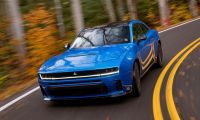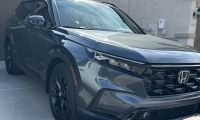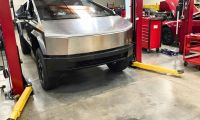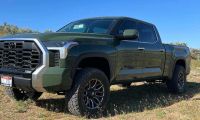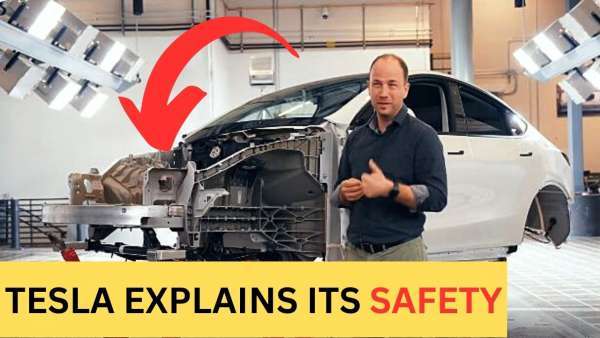
Tesla vehicles provide a very low probability of rollover risk and occupant injury. Lars Moravy, our VP of Vehicle Engineering, explains why.
Tesla vehicles are some of the safest cars on the road today, with a very low probability of rollover risk and occupant injury. This is due to several factors, including advanced technology, strong construction, and careful attention to safety in every aspect of vehicle design. In this article, we will explore the reasons why Tesla vehicles provide such a high level of safety for drivers and passengers.
Firstly, Tesla vehicles are equipped with advanced safety features such as the Autopilot system, which uses cameras, sensors, and radar to detect and avoid obstacles on the road. This technology allows the vehicle to maintain a safe distance from other cars, and to automatically brake and steer to avoid collisions. In addition, the Autopilot system is designed to prevent rollovers by adjusting the car's speed and direction in response to changing road conditions.
Secondly, Tesla vehicles are built with high-strength materials that provide a strong, rigid structure that can withstand the forces of a rollover. The cars are designed with a low center of gravity, which reduces the risk of tipping over in sharp turns or sudden maneuvers. Additionally, Tesla's battery pack is located beneath the floor of the car, providing extra protection to occupants in the event of a collision or rollover.
Thirdly, Tesla vehicles undergo rigorous safety testing to ensure that they meet the highest safety standards. The National Highway Traffic Safety Administration (NHTSA) awarded the Tesla Model 3 a five-star safety rating in all categories, including rollover risk, frontal crash, and side crash. This rating is based on the car's performance in crash tests and evaluations of its safety features, including its advanced airbag system, automatic emergency braking, and collision avoidance technology.
Finally, Tesla is committed to continually improving the safety of its vehicles through software updates and hardware improvements. The company uses real-time data from its fleet of vehicles to identify and address potential safety issues, and to develop new safety features that can be added to existing cars. For example, Tesla recently introduced a software update that automatically slows down the car when approaching a curve too fast, reducing the risk of rollovers.
In conclusion, Tesla vehicles provide a very low probability of rollover risk and occupant injury due to their advanced technology, strong construction, rigorous safety testing, and commitment to ongoing safety improvements. As electric vehicles become increasingly popular, it is important for manufacturers to prioritize safety in their designs, and Tesla is leading the way in this regard. Drivers and passengers can feel confident that they are traveling in one of the safest cars on the road when they choose a Tesla vehicle.
Armen Hareyan is the founder and the Editor in Chief of Torque News. He founded TorqueNews.com in 2010, which since then has been publishing expert news and analysis about the automotive industry. He can be reached at Torque News Twitter, Facebok, Linkedin and Youtube.



